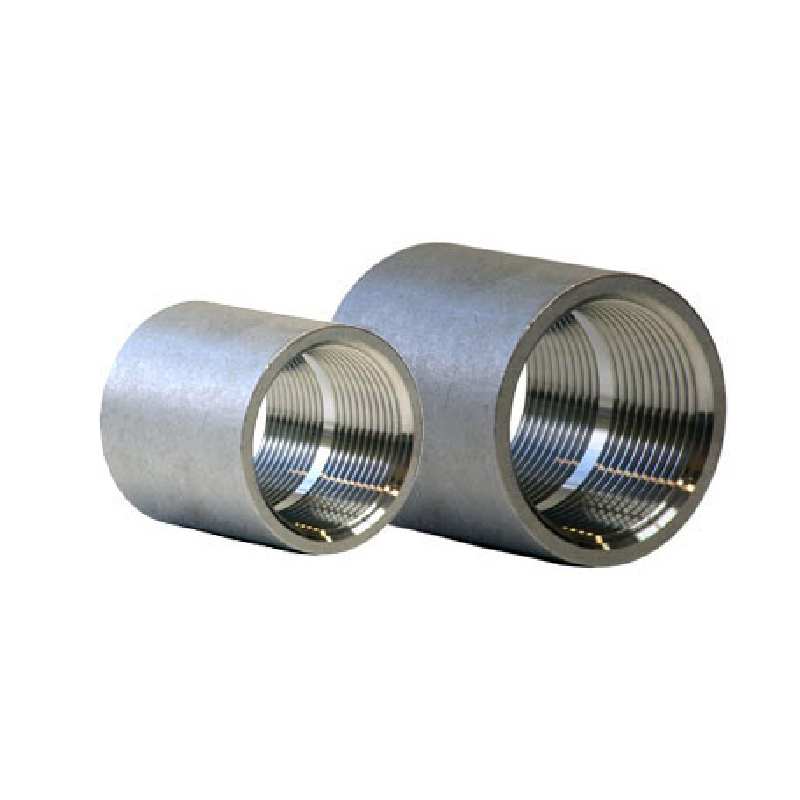-
Cangzhou Yulong Steel Co., Ltd.
-
Phone:
+86 13303177267 -
Email:
admin@ylsteelfittings.com

Nov . 12, 2024 18:28 Back to list
pipe bender
Understanding Pipe Benders A Comprehensive Guide
In the world of metalworking and fabrication, pipe benders play a crucial role. These tools are designed to bend pipes into specific angles and curves, facilitating diverse applications across industries such as plumbing, construction, automotive, and manufacturing. This article will explore the importance of pipe benders, the various types available, their applications, and some best practices to ensure efficient and safe bending processes.
Importance of Pipe Benders
Pipe bending is essential for creating piping systems that fit seamlessly into any structure. Without the ability to bend pipes, a multitude of applications would simply not be feasible. For example, HVAC systems require bent ducts for efficient airflow, while plumbing systems depend on properly configured pipes to transport water and other fluids. Pipe benders ensure these systems are both functional and aesthetically pleasing.
Types of Pipe Benders
There are several types of pipe benders, each catering to different materials and requirements
1. Manual Pipe Benders These are typically used for smaller tasks and lighter materials. They operate using a lever mechanism that provides mechanical advantage, allowing the user to bend pipes by hand. While they might not offer the precision or efficiency of more advanced models, they are cost-effective and suitable for DIY projects.
2. Electric Pipe Benders These machines automate the bending process, making them ideal for high-volume production environments. They can bend pipes of various diameters and materials with precision and speed. Electric benders often come with programmable settings, allowing operators to store and repeat specific bending profiles, ensuring consistency across multiple pieces.
3. Hydraulic Pipe Benders For applications requiring significant force, hydraulic benders are the go-to option. Using pressurized fluid to create bends, these machines can handle thicker and tougher materials that manual or electric benders might struggle with. Hydraulic benders are commonly used in industrial settings, where durability and high capacity are paramount.
4. Rotary Pipe Benders This type of bender utilizes a rotating mechanism to create bends. They are particularly useful for producing highly consistent bends and are widely used in the automotive industry for exhaust systems and roll cages.
pipe bender

Applications of Pipe Benders
The versatility of pipe benders is evident in their wide range of applications. In construction, they are employed to fit HVAC systems, plumbing, and electrical conduits. The automotive industry uses pipe benders for fabricating exhaust systems and roll cages, ensuring safety and performance. Additionally, in the furniture industry, bent pipes are often used for creating modern designs in chairs, tables, and other furnishings.
Best Practices for Pipe Bending
To achieve the best results with pipe benders, certain best practices should be followed
1. Choose the Right Bender Depending on the material, thickness, and bend radius required, selecting an appropriate bender is crucial. Using the wrong tool can result in deformation or breakage of the pipe.
2. Proper Setup Ensure that the bender is set up correctly. Calibrate the machine and double-check the settings before starting any bending operation to avoid mistakes.
3. Use the Right Techniques Pay attention to the bending techniques recommended for the specific material being used. Understanding how different materials react to bending (e.g., whether they have a tendency to crimp or kink) is vital for achieving clean bends.
4. Safety Precautions Always wear appropriate safety gear, such as gloves and goggles, when operating a pipe bender. Understanding the machine and its capabilities will help prevent accidents and ensure a safe working environment.
Conclusion
Pipe benders are indispensable tools in various fields that require metal fabrication. Whether you're a professional in the industry or a DIY enthusiast, understanding how to use a pipe bender effectively can enhance your projects and yield high-quality results. By appreciating the different types, applications, and best practices associated with pipe bending, users can maximize the efficiency and safety of their operations. As industries evolve, so too will the technologies surrounding pipe bending, making it an exciting field to watch in the future.
Latest news
-
ANSI 150P SS304 SO FLANGE
NewsFeb.14,2025
-
ASTM A333GR6 STEEL PIPE
NewsJan.20,2025
-
ANSI B16.5 WELDING NECK FLANGE
NewsJan.15,2026
-
ANSI B16.5 SLIP-ON FLANGE
NewsApr.19,2024
-
DIN86044 PLATE FLANGE
NewsApr.19,2024
-
DIN2527 BLIND FLANGE
NewsApr.12,2024
-
JIS B2311 Butt-Welding Fittings LR/SR 45°/90° /180°Seamless/Weld
NewsApr.23,2024
-
DIN2605-2617 Butt-Welding Fittings LR/SR 45°/90°/180° Seamless/Weld
NewsApr.23,2024











